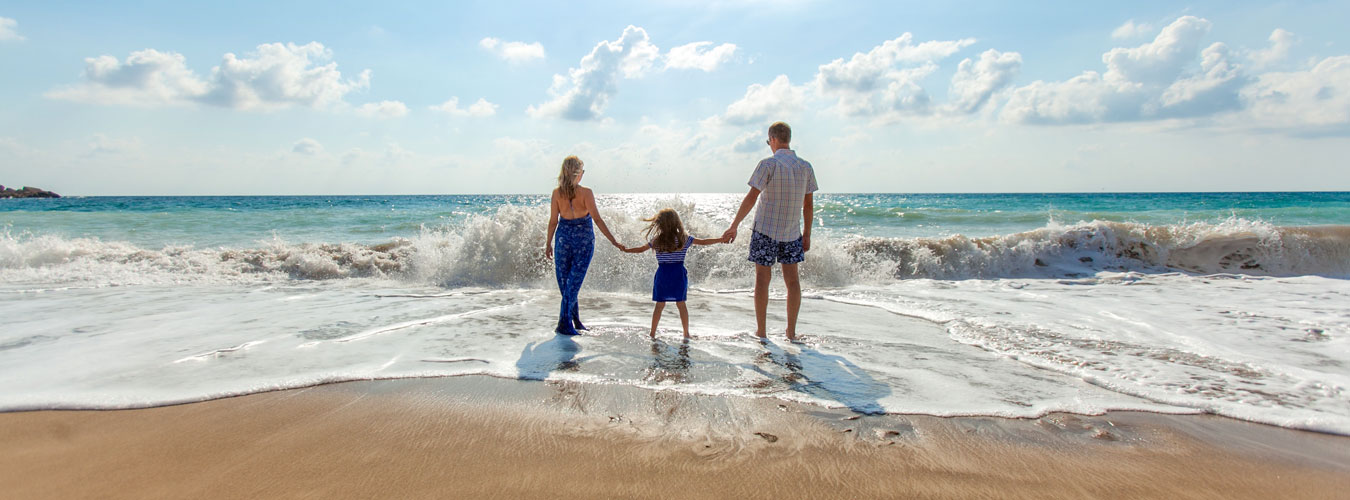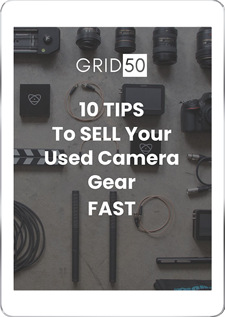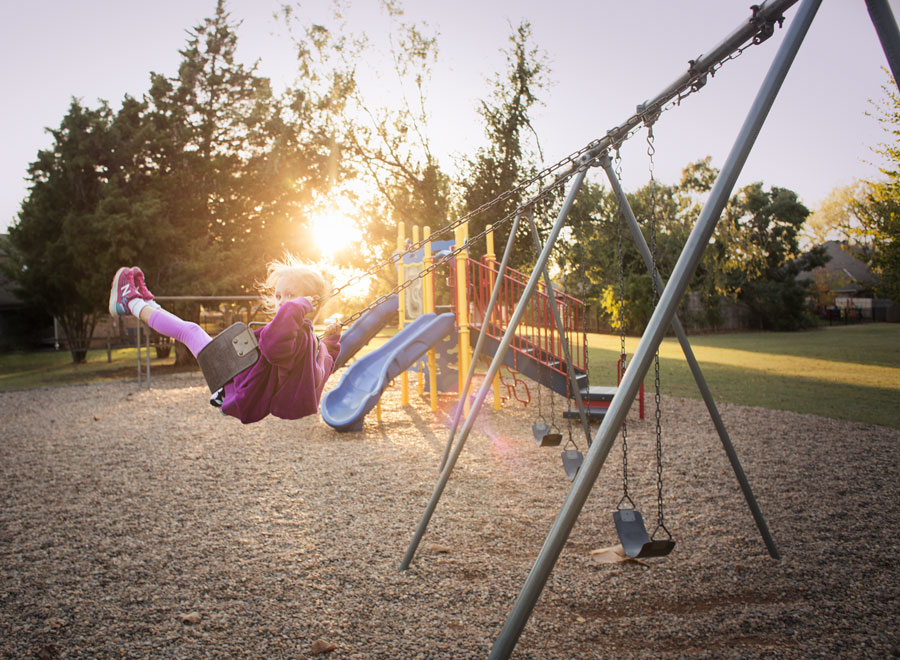Lifestyle Photography 101: Everything You Need to Know
Lifestyle Photography continues to trend in 2018. Authenticity is what the industry is looking for, not just personality. Candid moments and careful planning might seem like an oxymoron, but this is exactly what you need for snapping the best slices of life.
In order to become a successful lifestyle photographer, you need inspiration, the right equipment, and patience. At first glance, the idea of snapping everyday photos of people and places seems like a breeze. What many people miss, in between those “life moments” is the amount of downtime and planning necessary to capture that moment.
If you’re reading this guide to improve your skills at capturing life’s energy, passion, and joy, then you’re in the right place. Everything you need to build a solid foundation as a lifestyle photographer will be discussed in full detail throughout this guide.
We’ll cover the definition of Lifestyle Photography, list photography ideas, cover recommended gear, blogs to follow, and more. Follow along:
What is Lifestyle Photography?
You may have noticed some photographers include themselves in this category, but only photograph still life. Others focus primarily on family photos and candid interactions.
You’ll notice a lot of flexibility as to what is exactly defined as “lifestyle” photography. Take Mark Delong’s portfolio (a lifestyle and celebrity photographer), for example:
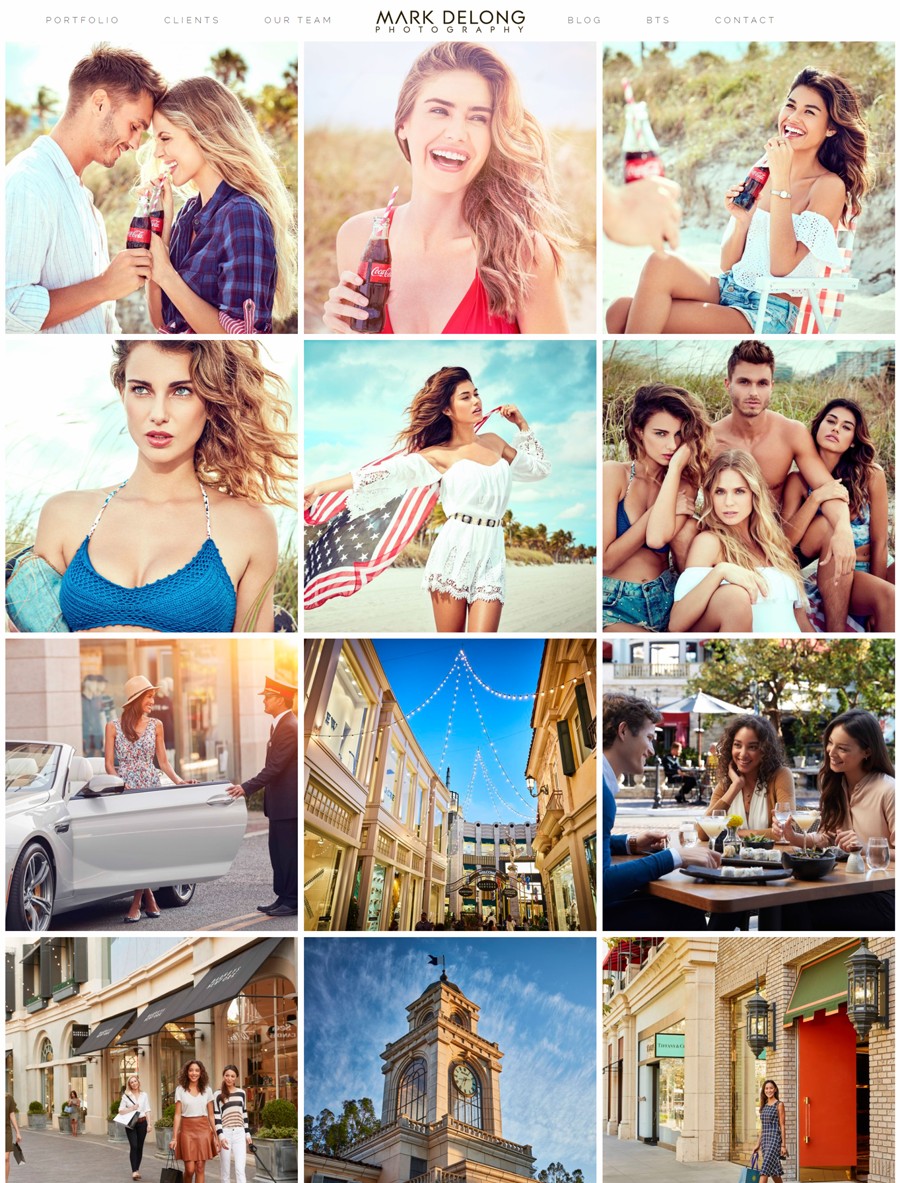
His work blurs the line between catalog photography, travel photography, and lifestyle photography. There is definitely an audience out there seeking this style of photography, it just might not be what you think of when defining the category.
For the sake of this article, we’ll define lifestyle photography as capturing people, places, and things in candid moments. It has to have some sort of human connection to it.
The important part here is to be authentic and not stage anything you shoot.
Lifestyle Photography Ideas
Life happens all around you. It’s your job as a photographer to be in the right place at the right time.
If you’re new to lifestyle photography, then you’ll find that it can be difficult finding subjects. Finding that combination of interesting, exciting, and unexpected is the ultimate goal. Here are a few ideas to consider:
That “Inner-child”
(Source)
If you want an environment that is loaded with these three qualities, look for a place where children gather. A playroom, amusement park, or playground are all great places for creativity and expression. Nothing is staged here, just pure unbridled joy and curiosity on display.
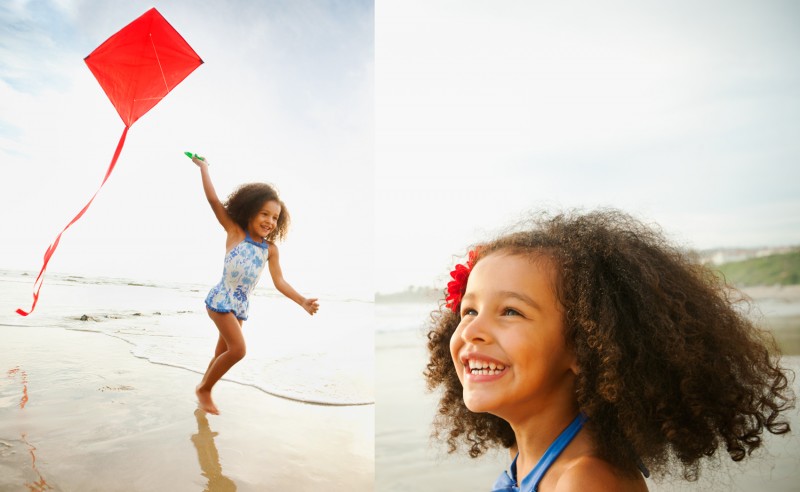
(Source)
Expect the Unexpected
You shouldn’t set out on a mission to capture any specific moment or interaction. This is especially true for photographing children. What you should do instead is go into your session ready to capture anything.
You can try to prepare for hired photoshoots by taking a survey of the clients, learn about kids’ personalities, life stories, etc. This also works both ways, it’s a good idea to collaborate your photoshoots with parents and young adults. You might be inspired by their ideas—after all, it is about capturing their most precious moments.
Ideally, you should set aside a few hours to get to know your clients. Being able to have a conversation and relax with them will make snapping their pictures easier. You don’t want them to constantly have it in the backs of their minds that you’re there taking to take pictures.
For children, it’s definitely a challenge to sit in the back of their rooms and take candid photos. Toddlers might be a little less concerned with your presence, especially if they’re distracted by an activity, their parents, etc.
Capturing the curiosity and competitiveness from a family trying out something new together is a great idea. Other things like swimming, karaoke, sports events, building furniture, and holidays are always good environments to be a fly on the wall.
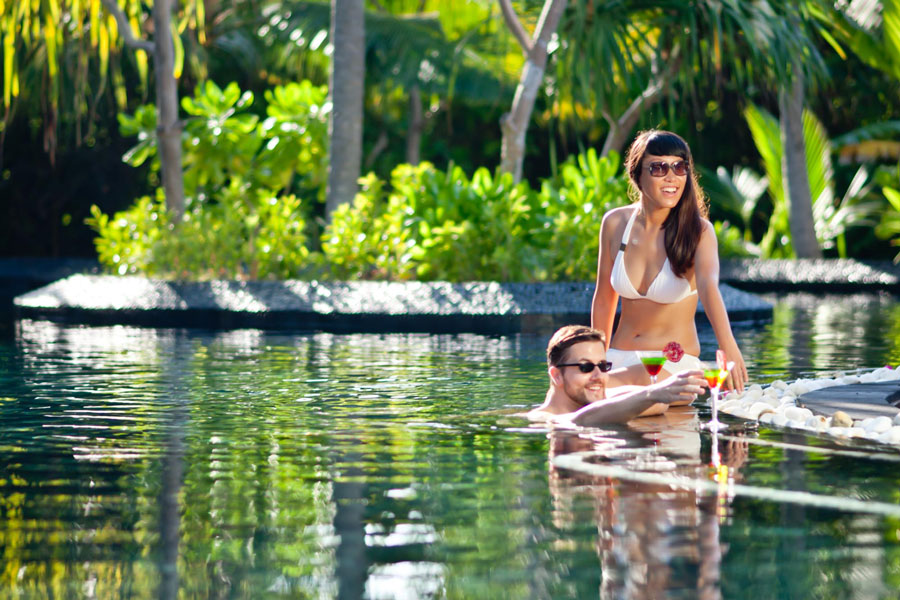
(Source)
Be Dynamic and Ready
From the start, your camera should be set and ready to shoot. There’s going to be a small window of opportunity when you first arrive where you’ll be able to capture some candid shots before anyone notices. Even if your arrival is planned, you should start out in scout-mode, looking for shots.
Those shots where children are laughing and playing in the background before you approach are timeless. Remember, you don’t want to spend all day looking for good shots, but you also don’t want to rush anything. It might even be worthwhile to plan your photoshoot around a lunch or dinner. This can open up opportunities for you to sit behind and observe meal-prep, conversation, sharing, clean-up, etc.
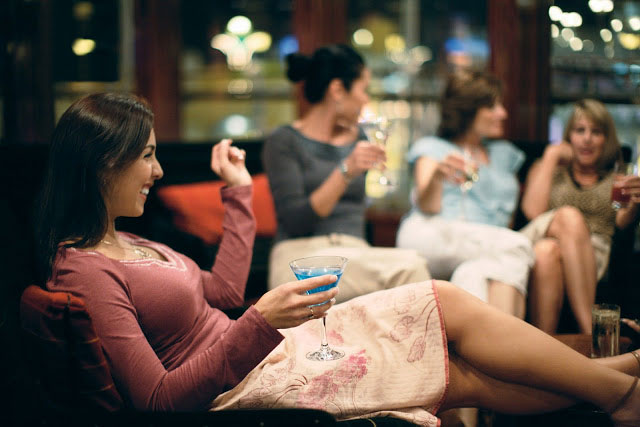
(Source)
Lifestyle Photography Camera Settings
While there are no specific settings to lock yourself into when shooting lifestyle photos, the settings below will help get you started (then, you can tweak from there):
Shutter Speed
If you use a slow shutter speed, you’ll likely end up with a blurry image. That’s why we recommend a fast shutter speed, especially if you’re snapping pictures handheld.
Start with a shutter speed between 1/125 to 1/200 of a second. Your shutter speed will also depend on the sync speed of any flash lighting you are using (many have limitations on how slow or fast they can sync). If you’re trying to capture a fast-moving subject (like a person running or riding a bike) you may need to use a quicker shutter speed (like 1/1000 of a second).
Aperture (F-stop)
Your aperture setting will depend on the lens you are using and what needs to be in focus. If you’re trying to achieve a blurry background, you will want to use a fast aperture (ex. f1.2 to 2.8).
Additionally, if lighting is a concern, a fast aperture can allow you to capture a brighter image (since a fast aperture allows more light to come through the lens)
If you need a wide image to remain in focus, you’ll need to use a slow aperture (ex. f8 to f11).
Experiment with different settings to find the best result.
ISO
Ideally, you want to use the lowest ISO setting possible. However, when shooting in a dark environment or even on a cloudy day, you may need to bump up your ISO level to ensure your image is properly exposed.
Increasing your ISO allows you to brighten an image but doing so will add more noise to your image and degrade the quality of the final result.
Some cameras handle higher ISO levels better than others (ex. Less noise in higher settings). As a rough example, though, the image below provides a better look at the lighting increase with each ISO setting as well as the noise added:
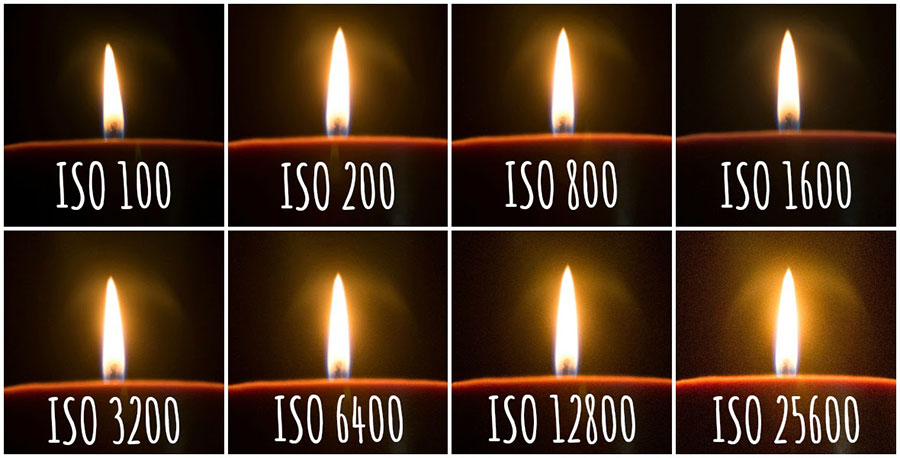
(Source)
Again, you will need to experiment to find the best results. But with most cameras, you will begin to see noticeable noise at ISO 800 to 1600.
Recommended Gear
These recommendations fall outside of basic gear like your tripod, a nice neck strap, extra batteries, memory cards, etc. Here, we’ll focus on gear that gives you an edge or makes your adjustments easier. Having great lenses and lighting make a world of difference when it comes to lifestyle photography.
Best Lenses for Lifestyle Photography
Prime lenses should be your go-to for lifestyle photography. Prime lenses minimize guesswork and allow for quicker intuitive snaps. Getting impressive depth of field and bokeh on shots is less of a problem. Even outdoor shoots work great with prime lenses.
It’s hard to be a lifestyle photographer without a 50mm prime, for example.
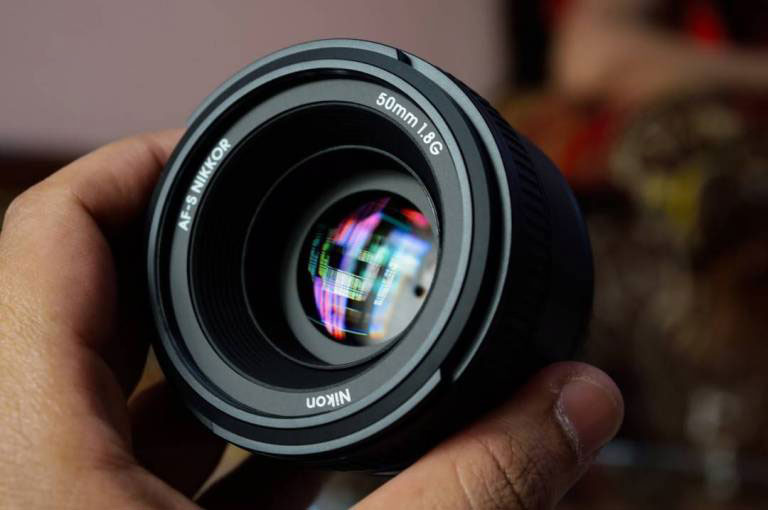
(Source)
If you’re set up in a home for some play time with kids, TV time with older siblings, or in the kitchen with the parents, you can get amazing depth and background blur that takes any busy details out. This accentuates those candid moments, bringing them to life.
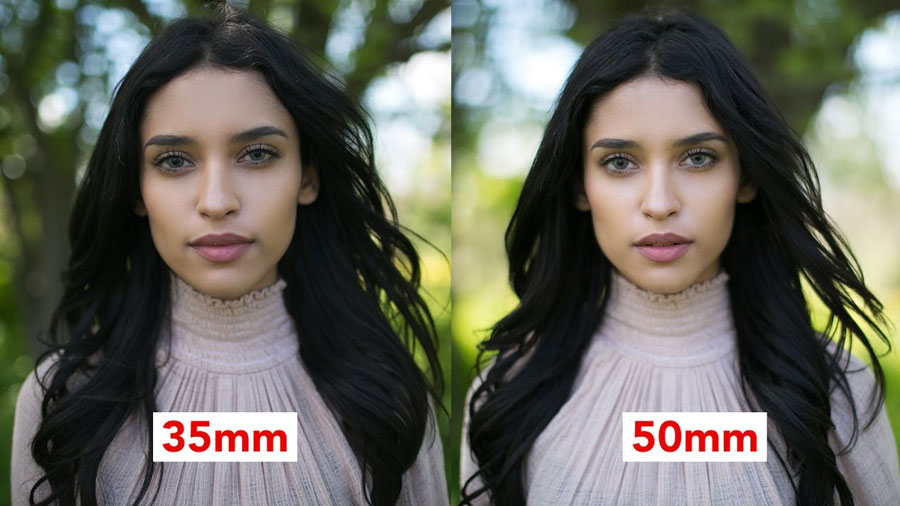
(Source)
Wide-Angle Lens
Outside of prime lenses, it’s good to have at least one wide-angle/focus lens (like 10 or 11 to 18mm). This lens makes for great multi-scene captures. If you want to get an entire living room, a cross-section of two rooms, or across a field, this is what you need.
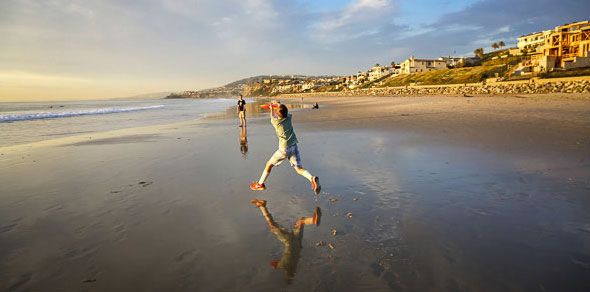
The image above was taken with a wide-angle lens (Source)
Lighting Equipment Suggestions
Don’t assume that just because you’re going for more authentic shots of your subjects that natural lighting is all you’ll need. We want to capture authentic moments in their best setting.
Don’t look at it as staging an event, look at it as setting the stage for one.
Speed Lights
Speed lights, also called TTL flashes, help control the lighting in spaces that aren’t well-lit or have unreliable lighting. Outdoor spaces are where you’ll need a speed light the most.
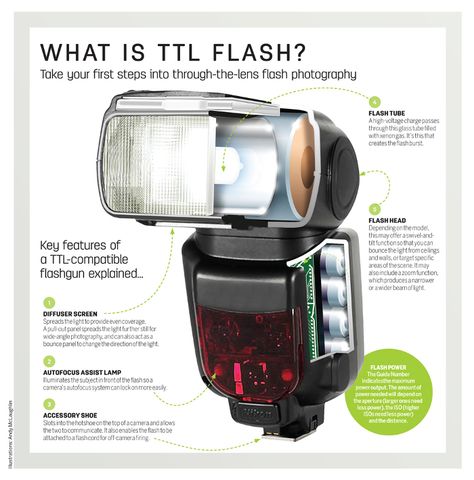
(Source)
Speed lights are also a handy tool to get the perfect amount of backlight for scenes in dark corners. They probably won’t be the best solution for young children trying to play with their toys, of course.
All the major brands have their own that perform the same, but make sure to find one that has tilt and swivel motion.
Light Modifiers
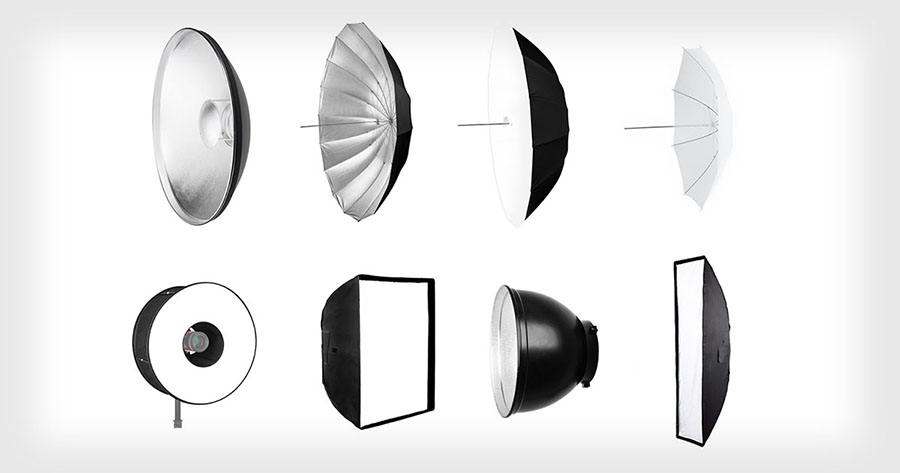
(Source)
There are a number of methods you can go with to modify the harshness or softness of the light in a room. You can use reflectors, scoops, domes, and softboxes. All are made to refocus your light and give you better control.
A traditional lightbox kit can be bought for as low as $50 online.
UV Filters
UV Filters are a must-have for controlling light in outdoor settings. When shooting outdoors, you already have to struggle with exposure levels enough as it is. Throw in the issue with UV exposure and color values and you have two big factors that amateur photographers struggle with everytime they shoot outdoors.
If you’re in open shade, your subjects will have a bluish tint to their whites and neutrals:
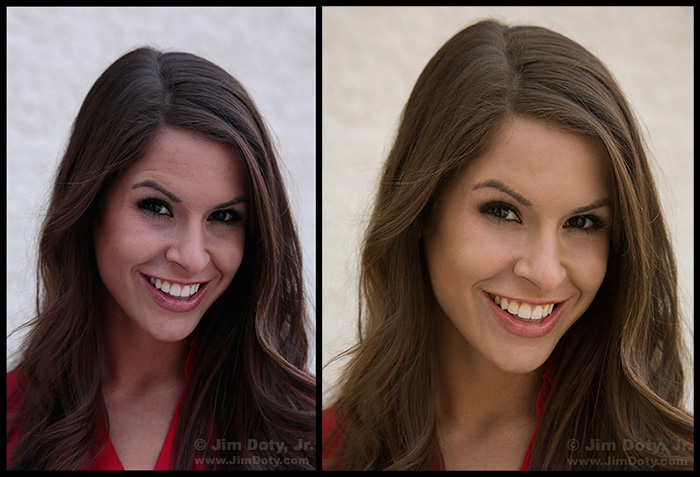
The image on the left was take in shade. Notice the blue tint. The image on the right has been color corrected. (Source)
It’s all about how certain materials absorb UV light and reflect it back. Rather than trying to fix all of this in post-production, an aggressive UV filter can balance everything out. This results in a more accurate exposure and proper flash levels.
Don’t forget that you can also apply UV filters to the flash as well. This will require some experimentation to find the best color balance and light for your outdoor shots.
Tips for Taking Better Lifestyle Photos
With a solid setup, you will be equipped to take the best pictures on a technical side. When it comes to being mentally-ready to take these pictures, you have to prepare as well. This means arriving to your photoshoot with the right attitude and mindset.
Lifestyle photography is about being in the moment. This includes you too. Not just your subject.
For example, if your client or project involves capturing morning routines and midday activities. Then, naturally, you would want to be there as a guest. Sit at the table with them, have breakfast, talk with them around the coffee table, etc.
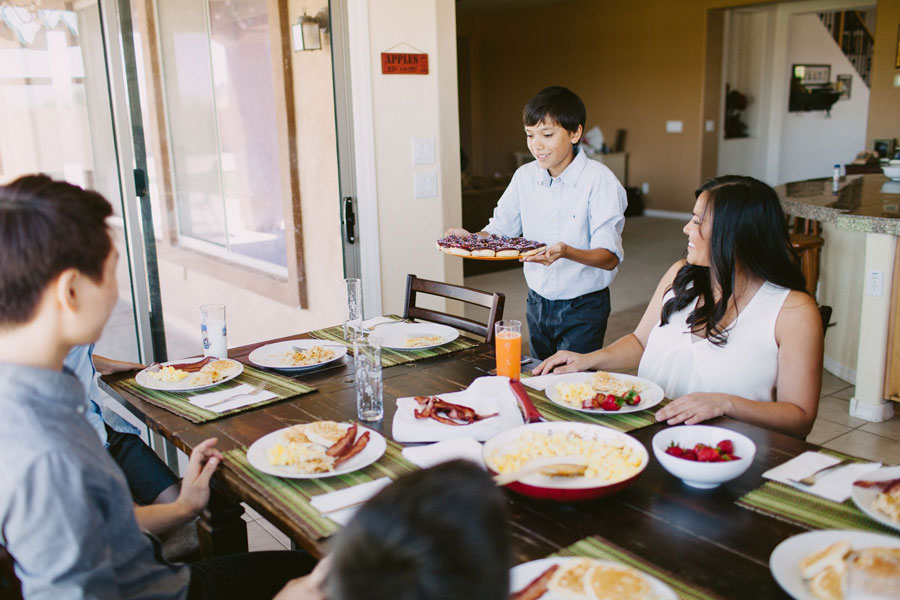
(Source)
View your job as more of a documentarian than a photographer trying to snap good pictures. The tips below will help you do just that:
Get Everyone Involved
It’s easy to become content with always sticking in the background. The truth is, though, the most successful approach would be to include your subjects in what you are doing as much as possible. You don’t need to direct them or even suggest what they should be doing.
Just give them a basic overview of what they can expect a day with you will look like. This prevents awkward, tense, or confused energy during your session. Your clients should know what they’re getting and what you will deliver.
Time, Money, and Expectations
Yes, taking pictures as a lifestyle photographer will vary from day to day, but it’s good to have an established base. The client should know how payments will be calculated and how long they can expect the session to go.
Be mindful of scheduling conflicts and the day’s expenses. This is without accounting for potential delays or rescheduling due to uncooperative children, weather, etc. Do your best to convey to the client that this isn’t an exact science and you are flexible.
Being too rigid or cold as a photographer is rarely good for business, let alone as a lifestyle photographer.
Wardrobe and Props
We mentioned how some fabrics can interact with the sun’s UV rays outside. Choosing clothes for a photoshoot should be two-parts client’s decision and one-part the photographer’s decision. That is, you should only be there for refining or providing suggestions to help bring out their best qualities.
Not many clients will understand things like color theory and how to play with lighting, so be their guide.
Watch the Background/Backdrop
With all the attention on what’s happening in front of you, it can be easy to forget what is hidden in the background. Depth of field can help you avoid unattractive clutter or business from TVs or patterns. Keep your position in mind when waiting for a great moment to capture.
If there are no flat or blank surfaces behind your subjects, try going for a top-down or bottom-up view. These are fun angles when doing lifestyle photos because they emphasize the third person POV (either a short or tall person looking over).
Smile and Enjoy Life!
It’s hard to capture all the great moments around you when you are operating like a technical robot. It shows up in your photos too. If you’re in the mix, laughing, playing, and having fun with your clients, they will forget about the camera. The best shots are made when eye contact and genuine emotion is recorded.
It doesn’t matter if you’re:
- On a luxury yacht shooting young people diving into a pool.
- In front of a playpen getting the wide-eyed curiosity of a toddler who just stacked up a group of blocks.
- At a wedding manning a tripod in silence, panning to capture all the emotions as it proceeds.
You have to be present in the moment to truly capture it.
It’s your job as a photographer to make your clients look good, but it’s also your job to turn them into time-travelers. With your photos, they can return to that exact moment in their life and relive it all over again.
Lifestyle Photography Blogs to Check Out
We want to include some useful resources that you can refer to whenever you’re stuck, uninspired, or looking for the next big step as a photographer. These blogs and specific articles are great references to check on when shooting lifestyle photography:
- “Photography Tips for Home & Lifestyle Bloggers” – In this post, Sarah at Little Vintage Nest breaks down here tips and recommended setting for lifestyle bloggers.
- “12 Inspiring Lifestyle Photographers You Need to Know” – In this post, Snapwire share 12 lifestyle photographers to follow if you’re looking to be inspired and improve your own skills.
- “Stephen Matera’s blog” – This blog is full of lifestyle photography and outdoor adventure examples from photographer, Stephen Matera.
Get Out There & Start Shooting Lifestyle Photos!
As with everything, practice makes perfect. When it comes to lifestyle photography, practice helps you learn the best settings to use and how to prepare. It may also come with a side of the “feels” or potential life-long connections.
Falling in love with your subjects (in a platonic way, of course) is easy when your job is just an extension of your passion.
